(December 15, 2022) It’s difficult to describe what Shreya Thakkar does, really, and she smiles when I mention it. Her work, as she puts it, lies at the “intersection of research, experience design and strategy.” Her work involves a gammut of disciplines, from architecture to making toys from bamboo in Auroville and working on the future of healthcare, ageing and workspaces in Los Angeles, where she now lives. As a design researcher, she “works towards translating complex narratives and research insights into accessible design experiences, services, and products.” The 28-year-old industrial designer and researcher has collaborated with a number of design groups including the Planning Design Research Corporation, Neumayr Design and Steelcase Inc, de-coding complex societal problems for innovative product design.
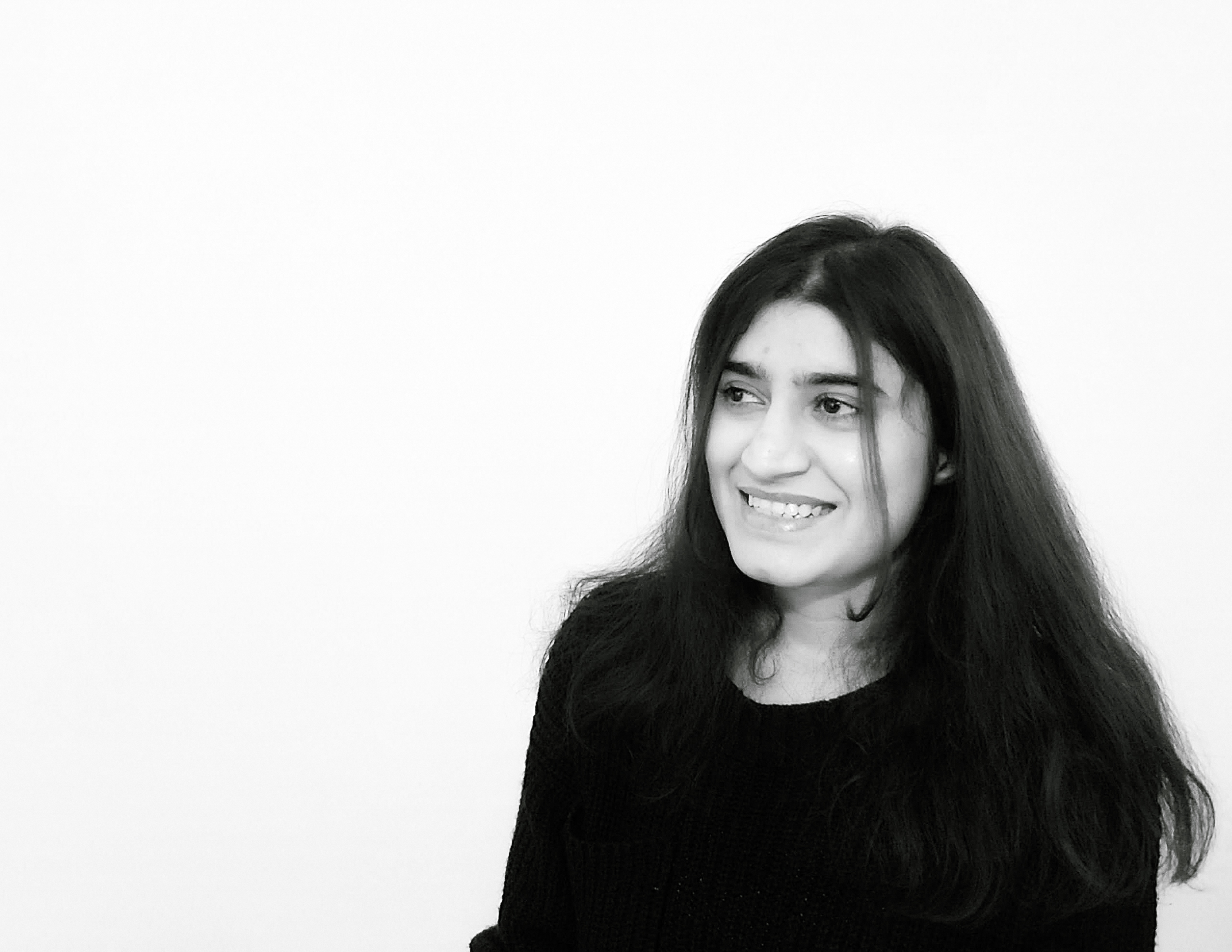
Wander on Walker
A Smart Cane that provides ease of mobility to the elderly, the ‘Wander on Walker,’ was what piqued my interest at first, and when we spoke not long after, Shreya explained that it is part of a ongoing project in the study of ageing. When she moved to the United States for a master’s programme at the ArtCentre College of Design, Los Angeles, she was confronted by a rapidly ageing population – according to the United States Census Bureau, by 2030, when all boomers will be older than 65, senior citizens will make up 21 percent of the population.
Shreya, who had volunteered at old people’s homes in LA during her time with furniture manufacturing giant Steelcase, was looking for a thesis project. “I was speaking to older people, listening to their stories, living their life with them and helping them with basic, everyday chores,” she told Global Indian. “I was looking at the future of healthcare and the future of ageing.” The most common lament was the loss of autonomy. Unlike in India, where tradition calls for a sense of duty and responsibility towards ageing family, senior citizens in the US prefer to live independently, most of them transitioning from larger homes into senior living.
The study of ageing
“The loss of mobility is an issue – they have to plan how to get from point A to point B,” Shreya says. One lady, she recalls, tripped on the street and landed on her face. Although senior citizens wear an SOS button, she couldn’t reach it until someone passing by helped her. She saw people using their canes and walkers, well-dressed and full of life, despite their circumstances. “They would say, ‘I don’t know howmany more days I’m going to live but I want to live my full life right now’. They took time to wear bright colours and appreciate their bodies. That really inspired me.”
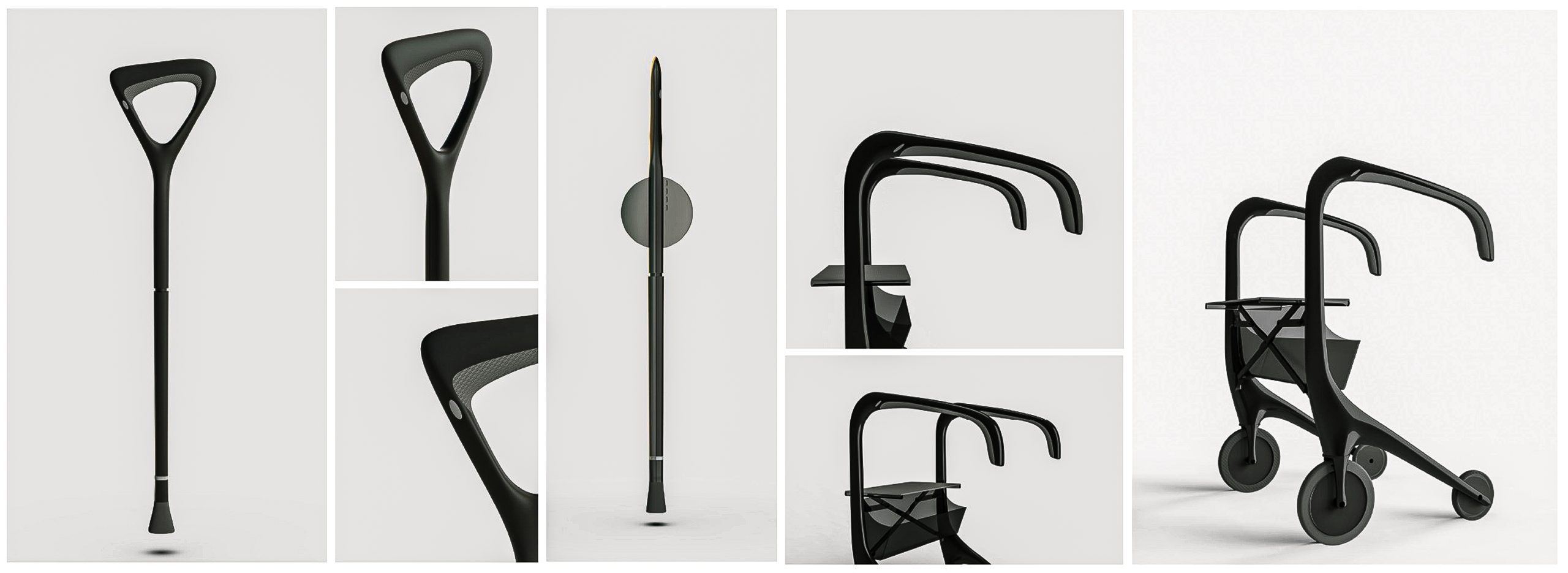
The Wander On cane and walker prototypes
Shreya did her market research, only to find that there was surprisingly little by way of modern innovation for the elderly. It led her to designing the Wander on Walker in 2022, a smart cane that provides mobility assistance, comes with an in-built vibration system and an ambidexterous, anti-slip grip. “I had heard of people losing their canes and wanted to avoid that,” Shreya says. The cane can also count the number of steps the person takes and has a light at the top (streetlights are a rarity in LA, the city is designed for cars). It also comes with a GPS location tracker, an SOS button and can track health data through movement.
As an architect-turned-designer, Shreya uses a multi-faceted skill set to take on society’s most complex problems, exploring the role of design in envisioning and creating a better future. In the United States, where she moved for a Master’s programme at the Art Center College of Design in LA, she was confronted by an ageing society and the many pitfalls that come with it. “How do we as designers design different futures? What scenarios can we create?”
Architecture and environmental design
The 28-year-old was born in Baroda, Gujarat, where she grew up immersed in the town’s rich artistic legacy. “I would see people from different art backgrounds around me and my parents also exposed me to a lot of extra curricular activities. That became a major influence in my wanting to study architecture and build environments for other people,” she says. She studied architecture and environmental design in India and found her first job with Niki Thomas Architects in Bengaluru, a firm that works mainly on designing for churches. From there, she went to Auroville, South India’s Mecca of sustainable, community living, where she learned to build with bamboo and workedon multi-family housing.
“In Auroville, I was actually living a sustainable life,” Shreya recalls. “We are truly asking, what is the future of the earth?” It meant giving up all the comforts she was used to at home, and everywhere else, really, and making do with the fact that there were no regular bathrooms. “We had to make compost pits instead,” she said. Here, Shreya learned to work with bamboo, starting out with toys and furniture, then progressing to domes. “It was interesting to see how I could combine research and manufacturing knowledge, and how products are built for mass manufacturing.”
When she decided to move to LA to study industrial design, her parents weren’t happy. “It’s not like engineering, where you will be employed and well paid,” she explains. Still the chance to study at the ArtCentre College of Design in Pasadena, was too good an opportunity to pass up, it is one of the top institutes in the world for industrial and furniture design. “In India, I studied architecture and environmental design and in LA, the micro and macro of building products.”

Homelessness in LA
Shreya graduated in 2020, “a difficult time,” she admits. Jobs were hard to come by and her student debt was mounting. That’s when a professor from college hired her to work on his startup, Neumayr Design. Their product was Instatec, a prefabricated, modular wall panel system that addresses a number of housing issues in the US – homelessness in LA, high labour costs and reducing construction waste.
High labour costs were being mitigated by pre-fabricated walls, made in a factory setup. “From there, assembly is very easy. You can build multi-family housing as well, the walls allow you to play with design. We were also looking at how to use deconstructed materials and bring them back into the cycle.”
Future of Work and healthcare
During her time at Steelcase, one of the world’s largest manufacturers of office furniture, Shreya examined how interior design can affect the way people work. “We were designing small enclaves, inspired by tent architecture, to give people privacy and transport them to a different place, so to speak.”
In August 2022, she returned to the issue, working in design strategy and consulting, dealing with the “future of work and healthcare in Fortune 500 companies. What is the future of work after hybrid modes? How do we bring people back to the office, along with wellness and mental health?”
“What I enjoy most is learning about people, their behaviour and their culture and how these things inform design decisions,” Shreya remarks. “That’s what led me to design research and strategy. I have a lot of interest in people and I like to see how design can impact their lives.”
- Follow Shreya Thakkar’s work here


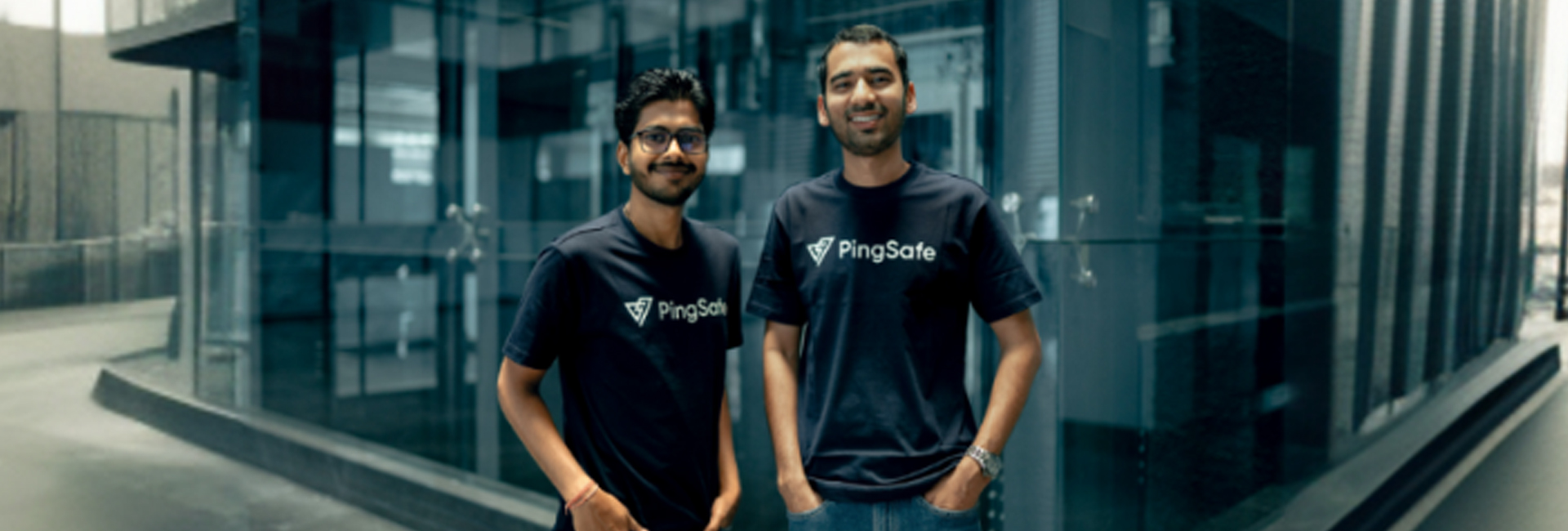

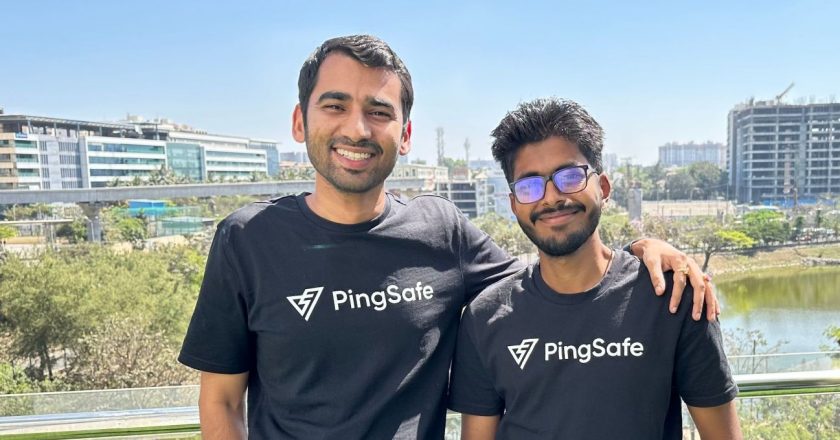 Anand Prakash with Nishant Mittal[/caption]
Anand Prakash with Nishant Mittal[/caption]
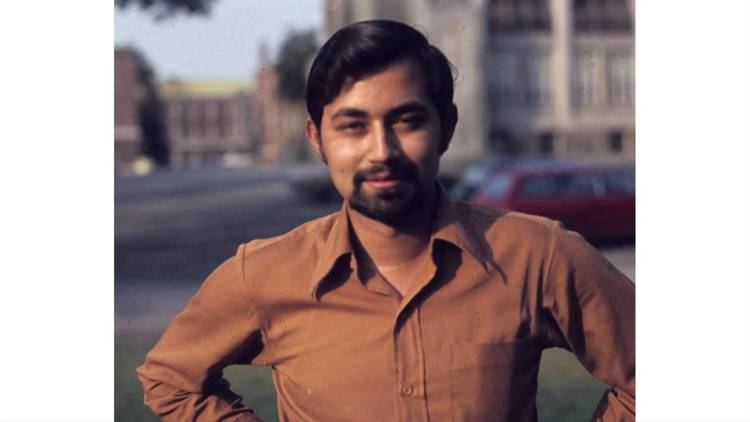 A young Dr. Baliga soon after shifting to the USA[/caption]
A young Dr. Baliga soon after shifting to the USA[/caption]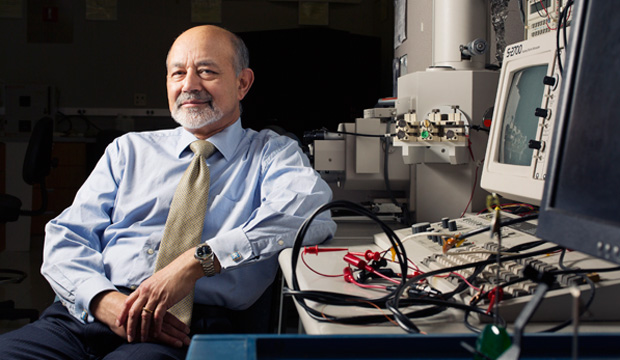
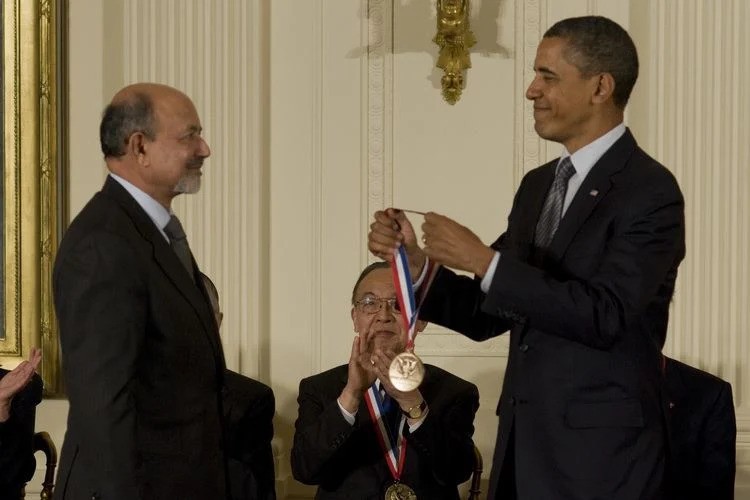

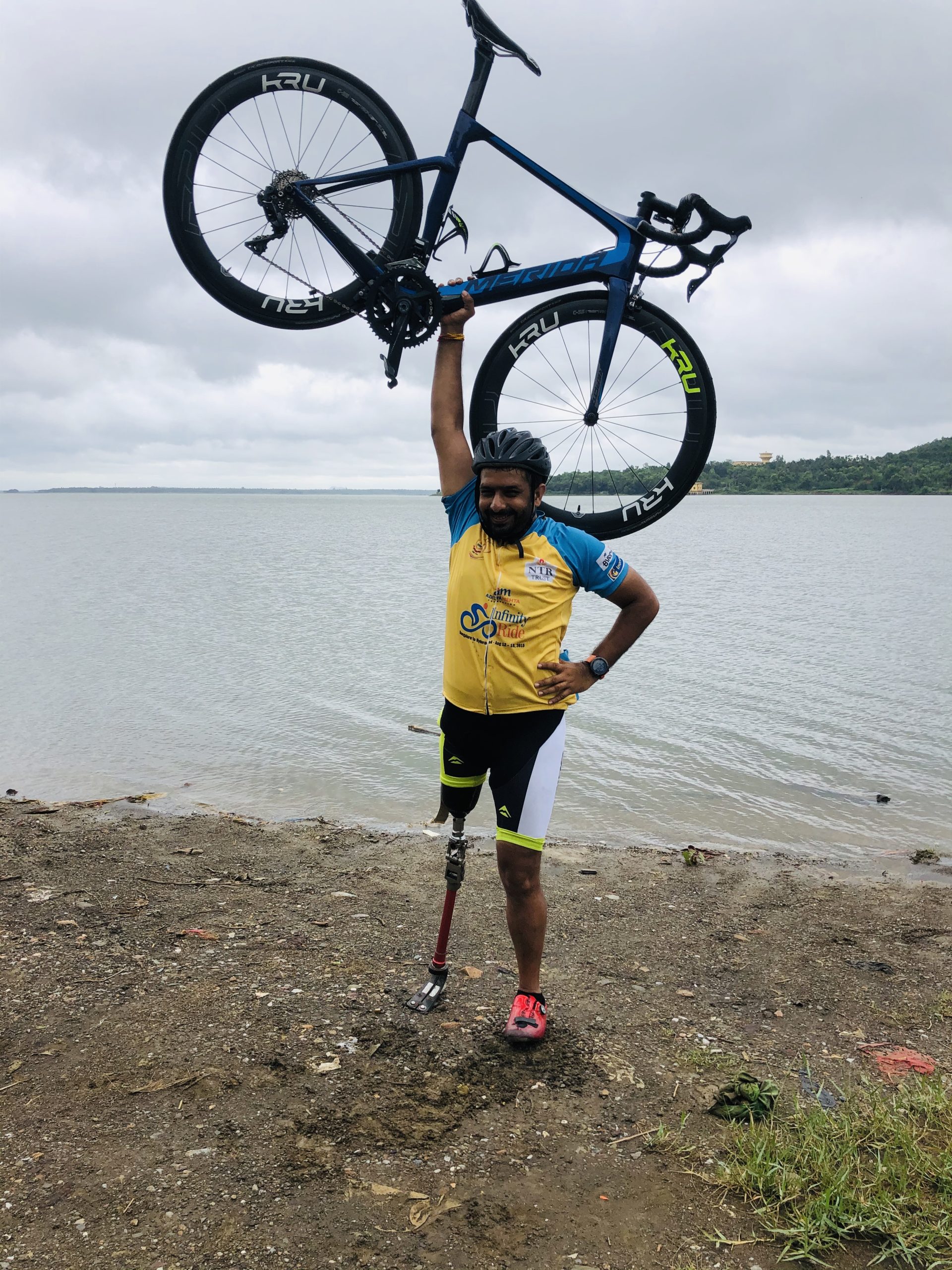
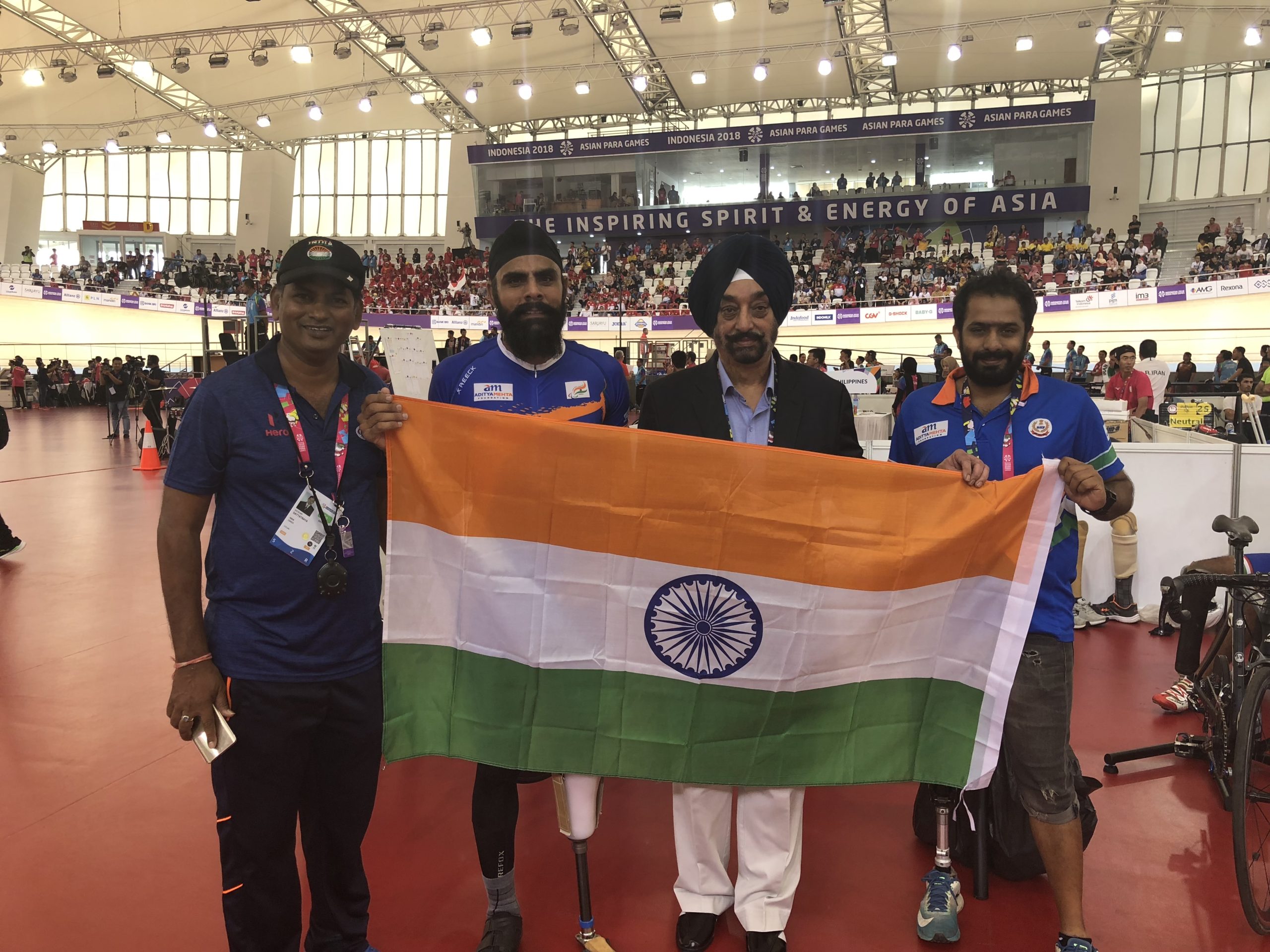


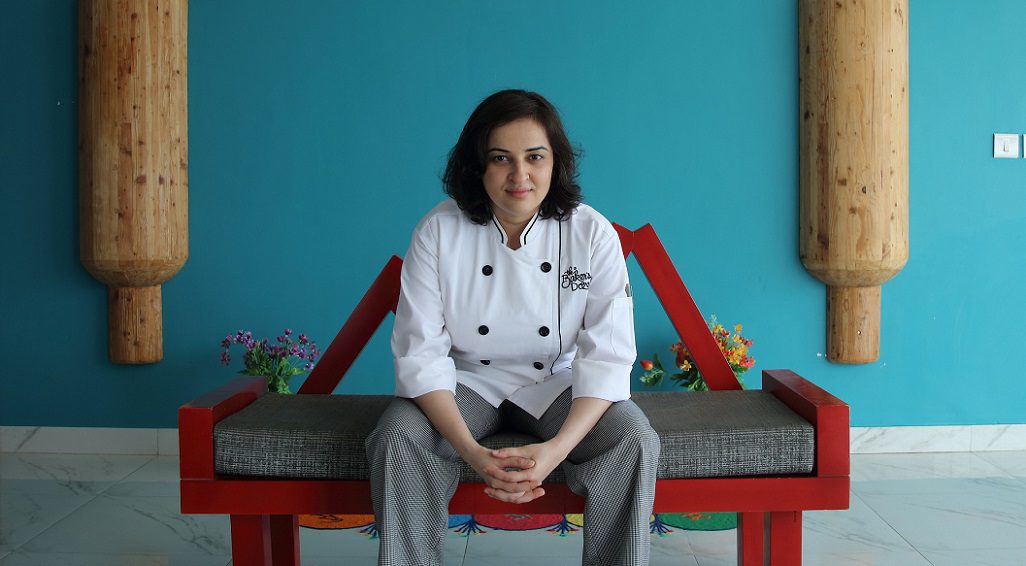
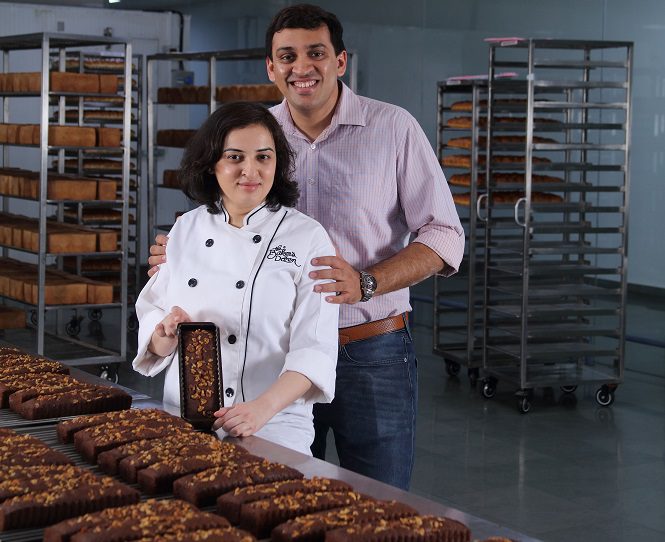 Aditi Handa with her husband and co-founder Sneh Jain[/caption]
Aditi Handa with her husband and co-founder Sneh Jain[/caption]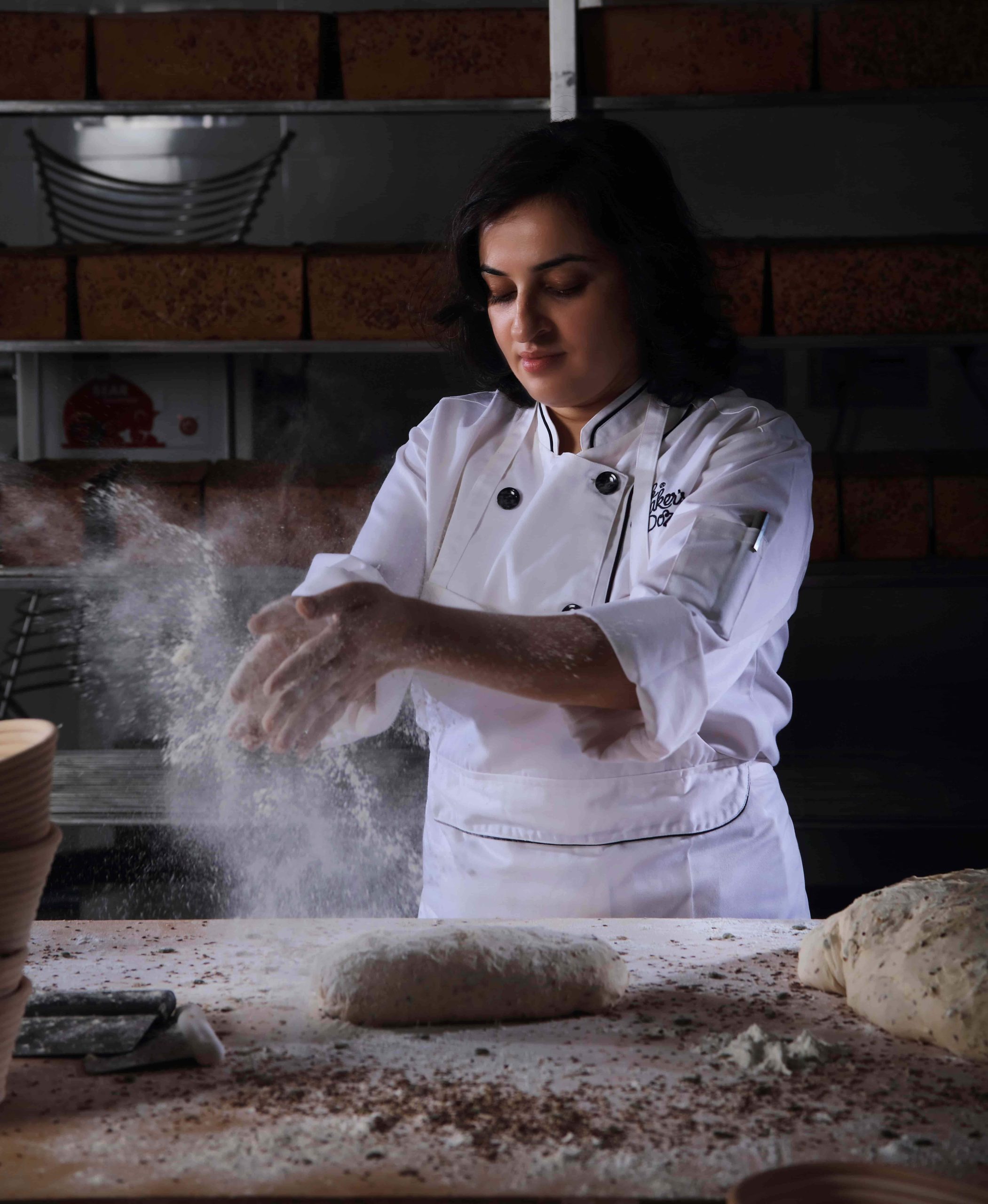 Aditi Handa[/caption]
Aditi Handa[/caption]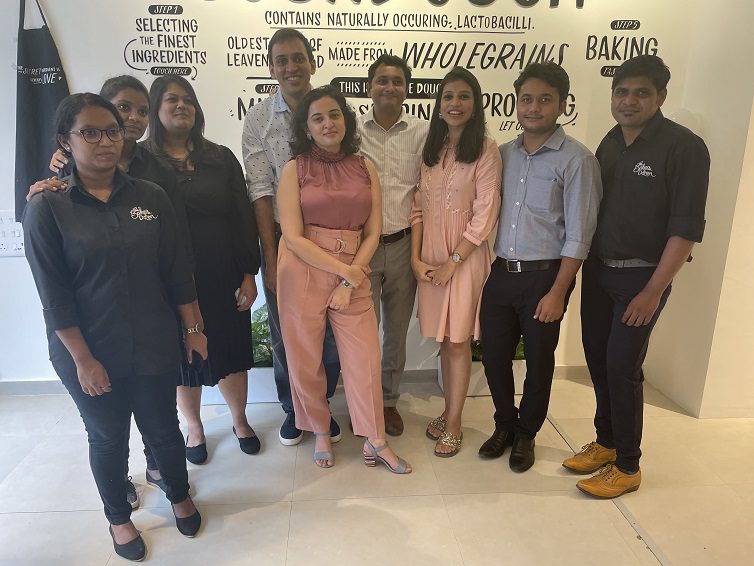 Aditi Handa and Sneh Jain with their team[/caption]
Aditi Handa and Sneh Jain with their team[/caption]
Proud moment for me having a daughter like you…keep growing and contribute to the society with your area of expertise.
Always been a fan of your work! Keep up the work Shreya.